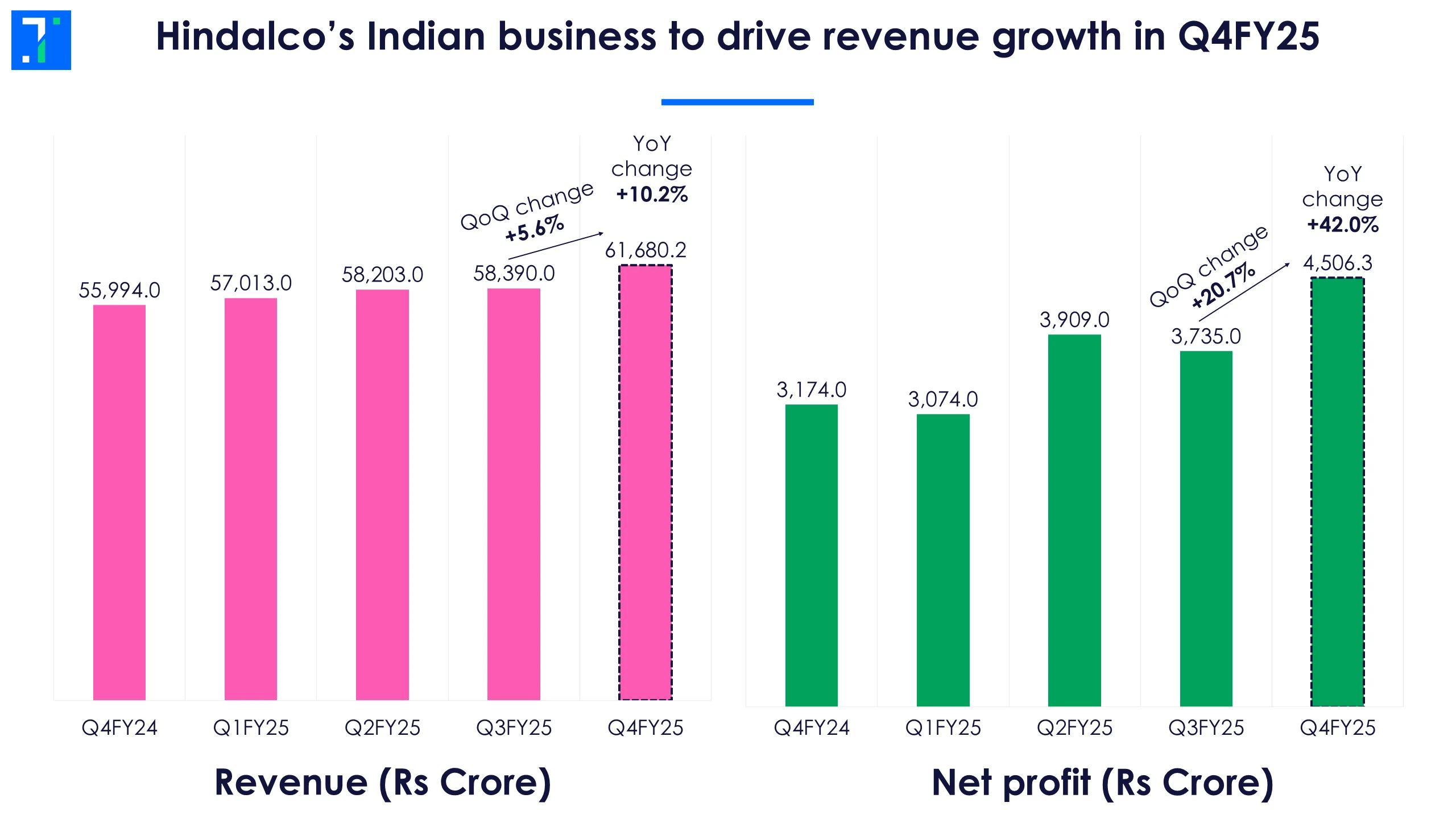Over the past five years, Indian Public Sector Enterprises (PSEs) delivered high growth, with the Nifty PSE index surging 313.6%. Growth was especially strong in sectors that aligned well with national priorities, like defence production, renewable energy expansion, and infrastructure expansion.
Tapan Doshi, founder of Thoughtful Investors Hub (TIH), notes, "In the last two years, PSU stocks have gone up due to strong performance, government reforms, and a significant capital expenditure push from the government. Stocks from the railways, power utilities, power financiers, defense, shipbuilding, and public sector banks have seen rerating during this period,"
In this edition of chart of the week, we take a look at the five-year returns and price trends of the Nifty PSE index constituents from 2020 to 2025.
2020 was a bad year for Nifty PSE, weighed down by sluggish government spending and muted demand during the nationwide lockdown. However, by 2023, the index had staged a strong comeback (+79.9%), posting its best performance since 2007, powered by a revival in government capex and a surge in order inflows.
Speaking on the performance of PSEs, Prime Minister Narendra Modi noted, “PSU shares at a time were synonymous with falling prices. But now, in the stock market, their value is rising several times.”
However, the sector is facing pressure in 2025 due to increased global market volatility, import tariffs imposed by the US and a reduction in government capex in FY26. Companies like Hindustan Aeronautics and Rail Vikas Nigam have also faced issues with order execution delays.
When a 5-year time frame is considered, defence stocks such as Hindustan Aeronautics and Bharat Electronics emerge as the top performers, fueled by higher government capex in the sector and a strong push for domestic manufacturing.
Close behind are government-backed railway stocks (Rail Vikas Nigam and Indian Railway Finance Corp), which gained momentum with rising capex and order wins.
Energy and power finance stocks (Bharat Heavy Electricals, Power Finance Corp and REC) also saw notable gains, supported by the Centre’s focus on expanding the share of renewable energy and meeting growing power demand.
'Make in India' push propels defence stocks to new highs
Defence stocks like Hindustan Aeronautics (HAL) and Bharat Electronics (BEL) have given multibagger returns of more than 1,000% in the last five years. Fueling this rally is the Centre’s aggressive push for indigenous defence manufacturing under the ‘Make in India’ initiative. The government has increased its defence capex from Rs 1.2 lakh crore in FY21 to Rs 3.7 lakh crore in FY26.
HAL’s stock price surged 1,468.4% in the past five years, with the largest jumps coming in 2022 (109.6%) and 2023 (121.3%). This aerospace & defence stock’s order book stands at Rs 1.3 lakh crore in 9MFY25, 151.6% higher than its order book in FY20. It secured orders worth Rs 55,800 crore during 9MFY25, including contracts for AL 31 FP Engines, SU-30 MKI aircraft, repair and overhaul (ROH) spares, and development (D&D) services.
BEL’s stock price jumped 1,099% over the past five years, with the government’s focus on self-reliance in defence manufacturing. The aerospace & defence company delivered annual returns ranging from 40% to 85% during 2021-24, led by a 36.8% rise in its order book to Rs 71,100 crore from FY20 to 9MFY25.
Both HAL and BEL’s stock prices have shown resilience amid recent market volatility, and are slightly up in 2025.
Railway PSEs surge due to higher government spending
Rail Vikas Nigam (RNVL) has shown a strong stock performance over the past five years, surging 2,011.9%. The Indian government’s initiatives, like railway electrification and the introduction of the Vande Bharat train, contributed to this growth.?
The construction & engineering company’s stock price rose the most in 2023 (166.1%) and 2024 (133.1%), helping to emerge as a multibagger in two straight years.
The government increased railway capex from Rs 1.6 lakh crore in FY21 to Rs 2.7 lakh crore in FY26, marking a sharp increase in government orders. RVNL’s order book expanded by 76% from Rs 55,000 crore in FY22 to Rs 96,780 crore in 9MFY25.
However, its stock price is down 11.6% in 2025 due to poor market conditions triggered by the US imposing import tariffs. Investors are also concerned about the company’s order execution, given the size of the order book, which is 4.8x of its trailing twelve-month (TTM) revenue of Rs 21,303.2 crore.
Indian Railway Finance Corp (IRFC) also benefited from increased government spending in the railways segment, surging by 408.9% over the past five years. This financial institution is the financing arm of Indian Railways, financing approximately 80% of the Indian Railways’ projects. The company’s assets under management (AUM) have jumped 6.5x, from Rs 70,471 crore in FY20 to Rs 4.6 lakh crore in FY24.
Government orders boost power and finance PSEs
Bharat Heavy Electricals’ (BHEL’s) stock has jumped 952.2% over the past five years, owing to its expansion into the renewable energy and defence segments. However, this heavy electrical equipment company’s price declined by 17.4% in 2020 due to higher demand for renewable energy sources and the company’s reliance on thermal energy projects.
BHEL recovered to give strong returns of 64.7% and 144.3%, respectively, in 2021 and 2023, with a modest 33.9% rise in 2022. Its order book expanded by 81.8% from Rs 1.1 lakh crore in FY20 to Rs 2 lakh crore in 9MFY25. This includes orders for solar and hydro power projects, a contract for Vande Bharat trains, and gun mounts for the Indian Navy.
REC and Power Finance Corp’s (PFC’s) saw their stock prices soar 542.1% and 526.3%, respectively, over the last five years. The government’s focus on alternative energy production and higher spending on infrastructure development drove share price gains. These financial institutions provide financial assistance to the power, logistics and infrastructure sectors.
The companies’ shares fell in 2020 due to a halt in projects caused by the COVID-19 lockdown. However, REC and PFC recovered in the following years as their disbursements nearly doubled to Rs 1.6 lakh crore and Rs 1.3 lakh crore, respectively, in FY24, compared to Rs 82,140.8 crore and Rs 67,997, respectively, in FY20.
Oil India has risen by 604.7% over the past five years, despite the exploration & production company declining by 30% in 2020 after the lockdown lowered oil demand, and caused crude oil prices to fall to $18.8 per barrel. However, the stock recovered in the following years, as the lockdown was lifted and oil prices rebounded. Oil India delivered returns of more than 70% in 2021, 2023 and 2024. The company also secured nine exploration blocks under the Open Acreage Licensing Policy (OALP) Round IX, expanding its exploration footprint by over 51,000 sq km.


























